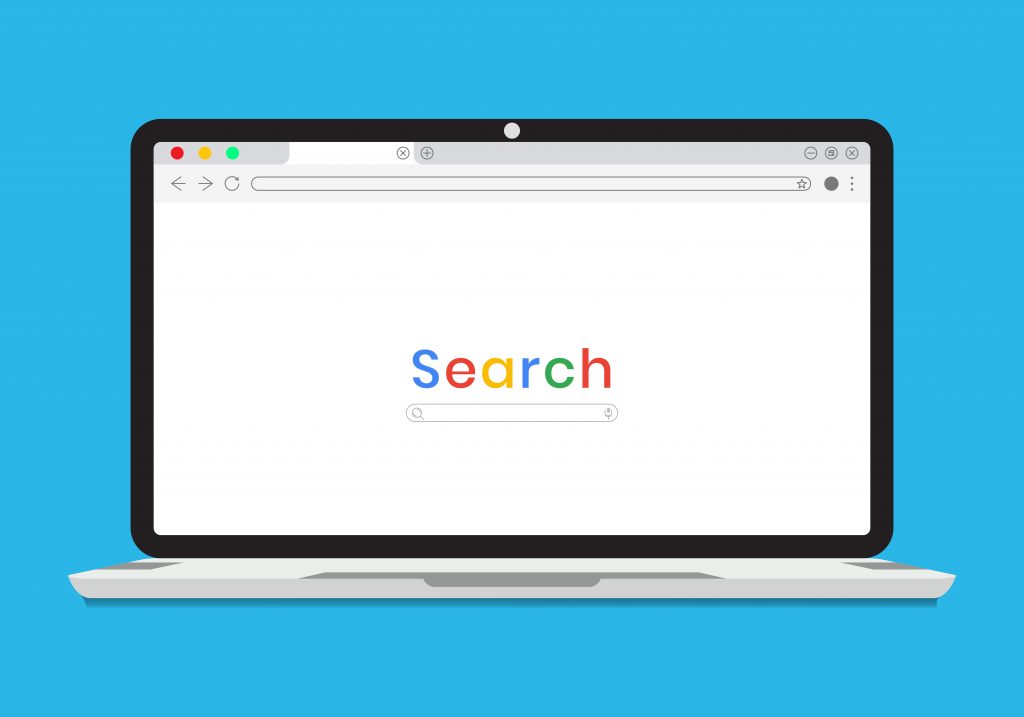Google has updated its webmaster documentation on links to include information on the correct use of anchor text, as well as internal and external links.
Make sure your links are easy to crawl
Googlebots can only follow links in < a > tags with the href attribute. Other formats are not supported.
For example, Google will easily crawl such links:
- <a href=”https://example.com”>
- <a href=”/products/category/shoes”>

But these cannot:
- < a routerLink=”products/category”>
- < span href=”https://example.com”>
- < a onclick=”goto(‘https://example.com’)”>
The link URL in the <a> tag must be a valid web address that Googlebot can send requests to.
URLs that Googlebot will be able to recognize:
- https://example.com/stuff
- / products
- /products.php?id=123
URLs that Googlebot won’t be able to recognize:
- javascript:goTo(‘products’)
- javascript:window.location.href=’/products’
- #
Anchor text placement
Anchor text is the visible text portion of a link that tells users and search engines what the page being linked to is about. Anchor text should be placed in an < a > tag that Google can crawl.
How to do:
- < a href=”https://example.com/ghost-peppers”>ghost peppers
Do not do without text at all:
- <a href=”https://example.com”>
Alternatively, Google may use the title as an anchor if, for some reason, the < a > tag has no text:
- < a href=”https://example.com/ghost-pepper-recipe” title=”how to pickle ghost peppers” > < /a>
For linked images, Google uses the alt text from img as anchor text, so don’t forget about it.
Write good anchor text
Descriptive, concise, relevant to the page it’s on and the page it links to – that’s what anchor text should be, notes SEONews. The better the anchor text, the easier it is for users to navigate the site, and it is easier for Google to understand what the page the link leads to is about.
Bad anchor test options (too general):
- < a href=”https://example.com”>Click here</a> to learn more.
- < a href=”https://example.com”>Read more< /a >.
- Find out more about our cheese on the < a href=”https://example.com”>website< /a >.
- We have an < a href=”https://example.com”>article< /a> where we go into more detail about how our cheese is made.
Now this is better:
- For a complete list of cheeses available for purchase, see < a href=”https://example.com”>List of Cheese Types< /a >.
Bad option (unreasonably long)
- Starting next Tuesday, < a href=”https://example.com”>Knitted Cow is inviting local Wisconsin residents to a grand opening where gifts of an ice sculpture of a cow will be given to < /a > the first 20 customers.
And this is better:
- Starting next Tuesday, < a href=”https://example.com”>Knitted Cow is inviting local Wisconsin residents < /a> to a grand opening where the first 20 customers will receive gifts of an ice sculpture of a cow.
It is worth writing anchor text as naturally as possible, without trying to stick into it all the keywords related to the page to which the link leads. It is worth remembering the context for the link – it is important what words come before and after, how the sentence is perceived as a whole. You don’t need to chain links, as it will be difficult for users to navigate between them, and the surrounding text for each link will be lost.
For example:
- I wrote about cheese < a href=”https://example.com/page1″>so< /a > < a href=”https://example.com/page2″>a lot< /a > < a href= “https://example.com/page3″>time< /a > < a href=”https://example.com/page4″>in this< /a > < a href=”https://example. com/page5”>year</a>.
Internal links: Link your content
Each page of the site that has any value must be linked from at least one other page of this site. Internal links help both users and Google to form an opinion about your site and find other pages.
External links
Links to other sites are not something to be afraid of. In fact, using external links can help build credibility (for example, citing the original source). Link to external sites when appropriate and give context to users so they know what to expect.
Use nofollow only when you don’t trust the source, and not for every external link. For example, you are a fan of cheese and you read an article where someone speaks unflatteringly about your favorite kind. You’re writing a response article, but you don’t want to pass link weight to that site. In this case, nofollow would be a great solution.
If you’ve been paid for a link, it’s also worth using nofollow or sponsored. If users can post links on your site (for example, you have a forum or a Q&A section), add ugc or nofollow to those links.
NIX Solutions reminds that Google will complete the transition to mobile-first indexing within two months.
